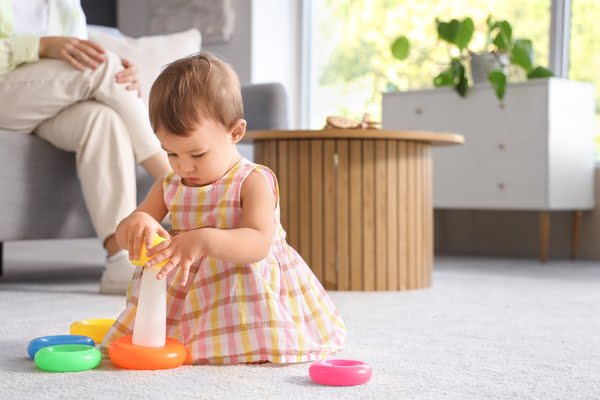What is an Avoidant Attachment style?
Attachment style refers to one’s style of relating or connecting with others, especially romantic partners. Based on attachment theory, attachment styles provide a valuable framework for understanding how people behave in relationships. There are two main types of attachment styles- secure and insecure. Insecure attachment is further classified into three subtypes: Avoidant attachment style is …









